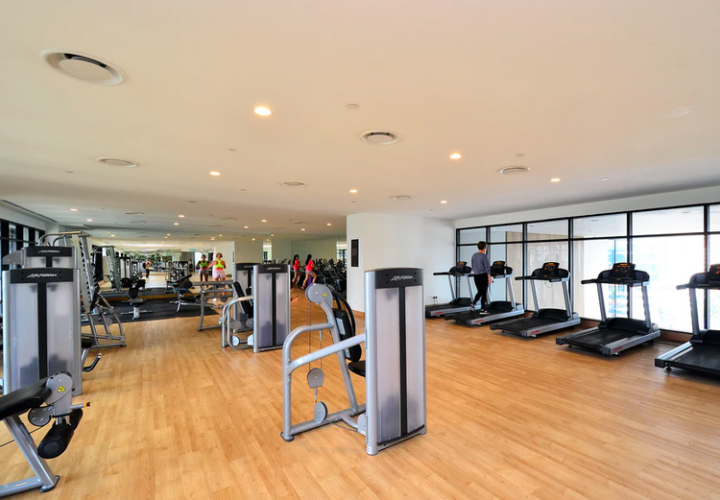We often are told “no pain, no gait” and “feel the burn” when exercising. Certain amounts of soreness can be normal in the days following exercise. It’s important to understand just what this means and how it should feel!
During exercise itself, I would argue that no client who is currently outside an injury recovery protocol should feel pain! While a certain degree of pain is okay for those rehabbing from an injury, those who are injuring should not be causing pain during an exercise! Pain is our body’s way of saying “I’m not sure I’m ready for this yet”. It is important to listen to this! While working through pain may not cause injury, it can actually cause local tissue sensitization as a protective response of the body. In time, this can actually further increase our pain! So if you are hurting during an exercise and it is not part of your normal rehab and recovery, it usually means it’s time to tone down the intensity!
Now, the day or two after starting an exercise program, or progressing the difficulty of an exercise program significantly, it is normal to feel a delayed onset muscle soreness, often referred to as DOMS. Most people experience a perception of increased tightness, overall tenderness, and a sense of weakness throughout the muscles that were worked the day before. This is the body’s way of ensuring that we are taking the time off to recover! This is very normal for most people, particularly during the early weeks of a protocol or change in intensity. But it should actually go away over time. However, some believe that a workout is not actually “good enough” if we do not get this feeling. This is highly debated. I would not currently recommend taking this recommendation at face value.
What you should feel is appropriate fatigue during all of this. If you do not feel challenged during a workout and tired afterwards, it was probably not challenging enough to force your body to adapt. This however, is one of the most important parts of exercise! On the other hand, if we take this too far we can cause problems. Always be sure to monitor your symptoms. If you are not sure that what you are feeling is normal, talk with a professional to check!



